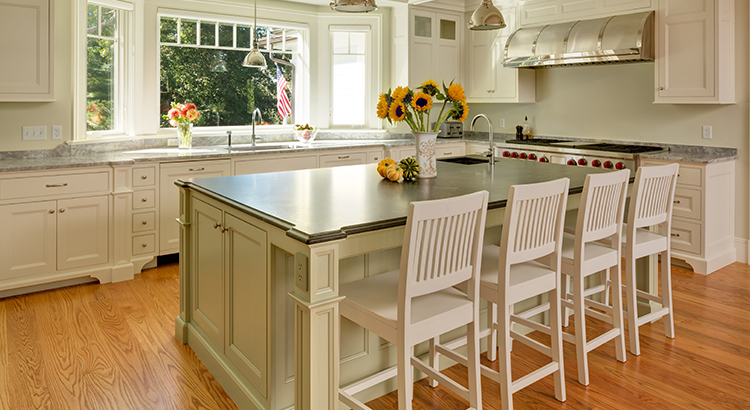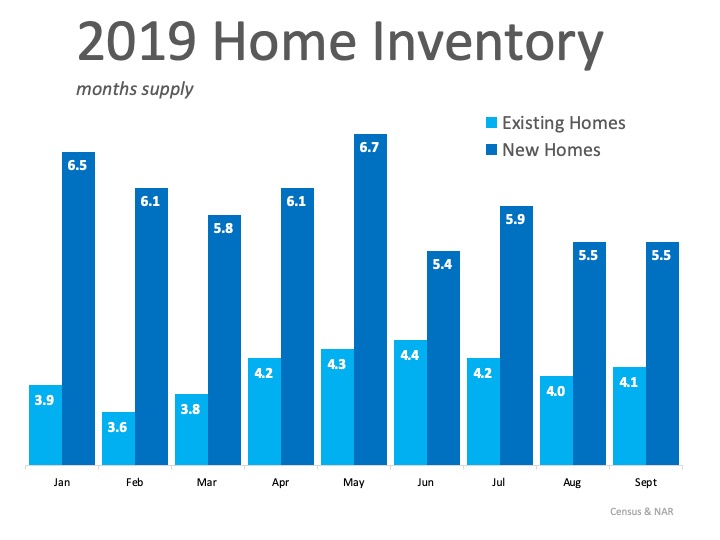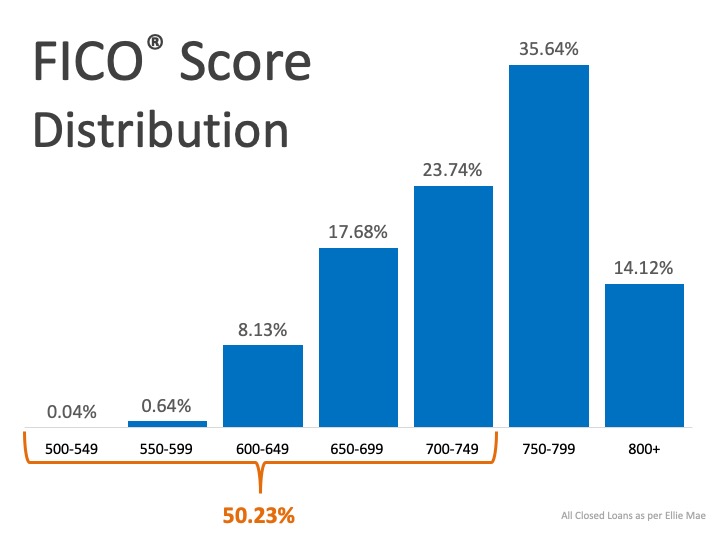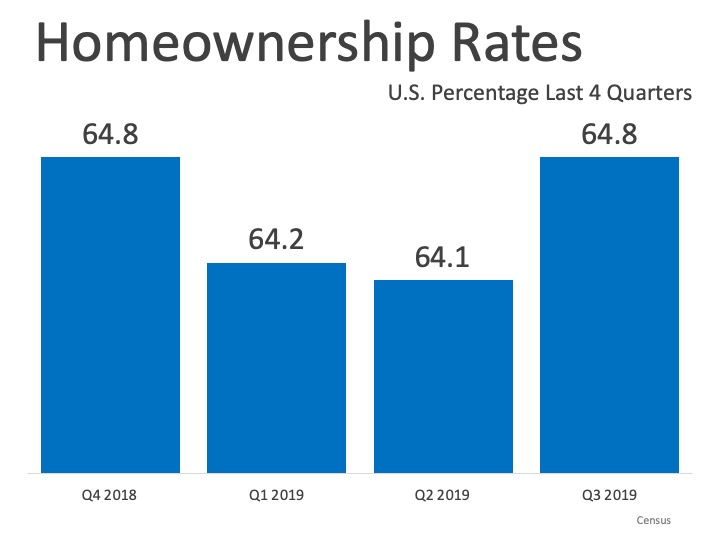DFW Ranked as One of the Country's Best Housing Markets!
D-FW ranked as one of the country’s best housing markets
Provided by: The Dallas Morning News
/arc-anglerfish-arc2-prod-dmn.s3.amazonaws.com/public/BXRJXDJ6KZDG5B53B6SAQXYR7A.JPG)
By Steve Brown
6:58 AM on Dec 11, 2019Dallas-Fort Worth has made it onto the list of U.S. markets real estate agents expect to be the best in the country in the next few years.
The National Association of Realtors in its just-released forecast picked 10 home markets across the nation that it expects to outperform during the next three to five years.
Along with the D-FW area, the Realtors economists picked Charleston, S.C.; Charlotte, N.C.; Colorado Springs; Columbus; Fort Collins, Col.; Las Vegas; Ogden, Utah; Raleigh, N.C., and Tampa.
“Some markets are clearly positioned for exceptional longer term performance due to their relative housing affordability combined with solid local economic expansion,” NAR’s Chief Economist Lawrence Yun said in the new report. “Drawing new residents from other states will also further stimulate housing demand in these markets, but this will create upward price pressures as well, especially if demand is not met by increasing supply.”
The Realtors’ study said that strong job growth is driving up prices in the top markets.
“In Ogden, Las Vegas, Dallas, and Raleigh, job growth rose nearly 3%,” the report said.
In the D-FW area, the Realtors found that 75% of recent home moves were by renters.
And looking at relocations to the area, the Realtors said that moves of the moves were from Houston and Los Angeles.
The median age of people who moved to North Texas was 29.
THE REALTORS FOUND THAT THE MEDIAN VALUE OF HOMES BOUGHT BY MOVERS TO THE D-FW AREA WAS $289,700.
Last year more than 550,000 people moved to Texas – most of them coming from California.
Almost 140,000 people moved to the D-FW area last year, with the most relocations to Dallas and Tarrant counties.
Through the first 11 months of 2019, sales of homes in North Texas by real estate agents are up 2 percent year-over-year and median home prices are 3% higher than in the same period of 2018.
/arc-anglerfish-arc2-prod-dmn.s3.amazonaws.com/public/3GA2QHER5NEV7ORIUWYWOICY3Q.jpg)
















